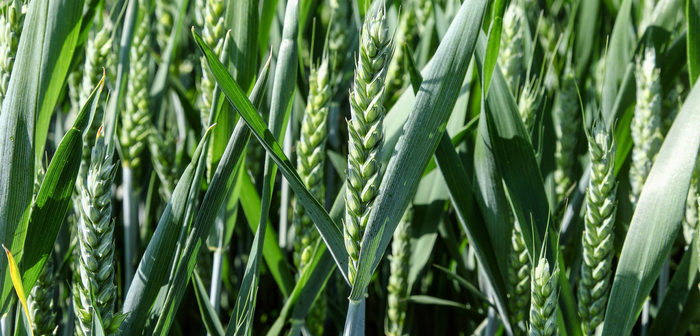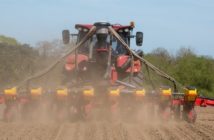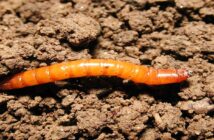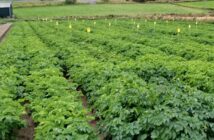The lessons of the challenging 2023/24 season should be taken into account when planning for the new season, says Syngenta seeds technical manager, Matthew Bull
Intense septoria pressure developed last season and stunted root growth also affected winter wheat with crops sat in waterlogged soils.
“Septoria is exacerbated by early drilling,” says Mr Bull, “so if planning to drill early this autumn, look for varieties that have shown reliable septoria resistance. This isn’t a guarantee that septoria won’t develop, but it can buy some time against the disease if fungicide sprays are delayed.
“Also, look for other variety characteristics that are important if drilling early, such as stiff straw. Earlier planting increases lodging risk as it encourages taller growth.”
For English feed wheat growers, Mr Bull says the variety Graham is a good option in first wheat and earlier drilling situations, its French genetics helping boost septoria tritici resistance.
“Also important, Graham is slow growing over winter with a prostrate growth habit and late to reach the stem elongation stage, which helps protect it against frost risk. If a fast-developing variety is planted early, there’s a risk of late frosts damaging the young ears as they develop inside the plant during stem elongation, which can compromise yield. A variety that’s late to start elongating is also less likely to grow tall, lowering its lodging risk.”
Where fields are being drilled later this autumn, Mr Bull says SY Insitor is a good feed wheat option, particularly as a second wheat. It also has the highest yield figure on light soils on the AHDB RL, at 106%, making it a useful option for planting after root crops grown on these land types, he notes.
“SY Insitor also roots well, which is important if drilling later and on light land. The almost ceaseless rain and waterlogged soils during the first half of the 2023/24 season resulted in a lot of shallow-rooted wheat crops, because they didn’t need to grow deep to find moisture. In these situations, a variety that naturally roots well offers added security if it later turns dry,” he adds.




